A great tasting mushroom that looks and tastes like the Penny Bun, the slight differences are the cap being red/brown instead of dark brown and the off white, slightly red stem.
Home / Mushroom Guide /
Pine Bolete
Pine Bolete
| Mushroom Type | |
| Common Names |
Pine Bolete (EN), Cap Tyllog Pinwydd (CY), Borowik Sosnowy (PL), Vörösbarna Vargánya (HU) |
| Scientific Name |
Boletus pinophilus |
| Season Start |
Aug |
| Season End |
Oct |
| Average Mushroom height (CM) |
10-14 |
| Average Cap width (CM) |
7-12 |
Please note that each and every mushroom you come across may vary in appearance to these photos.
Cap
7-12 cm. White when very young turning dark grey/brown until becoming mainly red with maturity. It is usually more red than brown which can be the only way to differentiate it from the Penny Bun.
Stem
10-14 cm long, 4-7 cm diameter. The stem can be tapering, parallel or barrel shaped but is always quite stout and is usually off white to slightly red/orange with white, mesh like reticulation.
Possible Confusion
The Penny Bun (Boletus edulis), pictured, or the Summer Bolete (Boletus reticulatus) both look very similar, the Pine Bolete has a more red cap than the dark brown of the Penny Bun or lighter grey/brown of the Summer Bolete.
Spore Print
Olive Brown. Ellipsoid.
Taste / Smell
Strong and mushroomy.
Frequency
Not common apart from in Scotland.
Other Facts
In March 2025 the IUCN (International Union for Conservation of Nature) added 1000 fungal species to the IUCN Red List of Threatened Species. The IUCN (Global) Conservation Status of Pine Bolete (Boletus pinophilus) is: LC – Least Concern, with stable population. For more information, see on the following link.


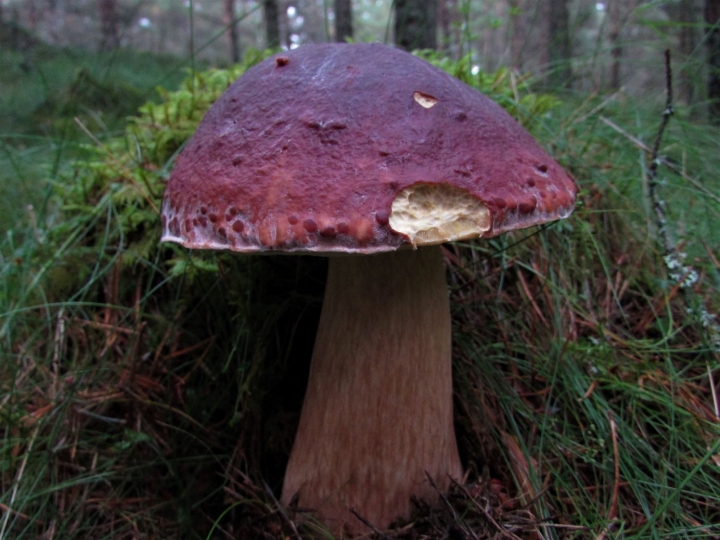
















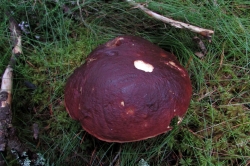
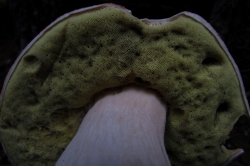
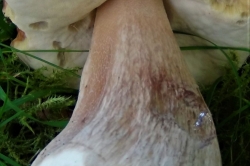
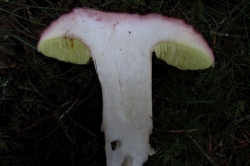
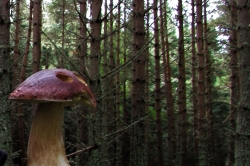
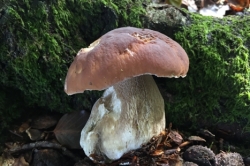
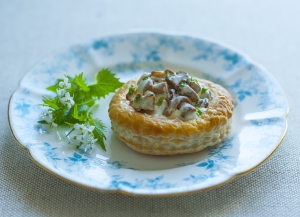
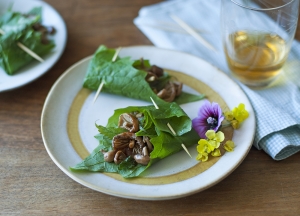
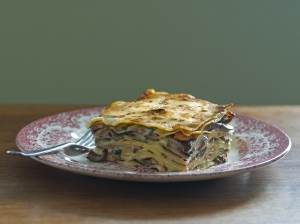
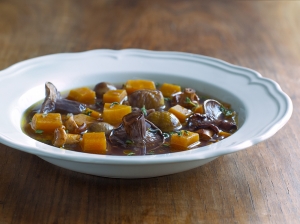
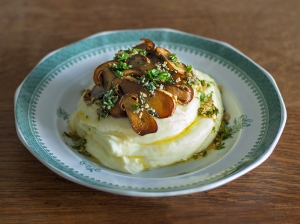
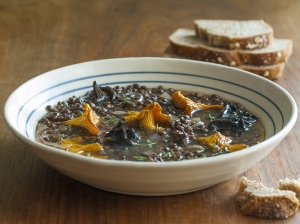
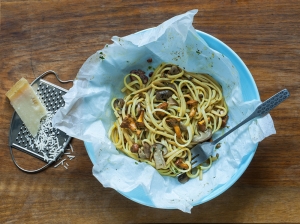
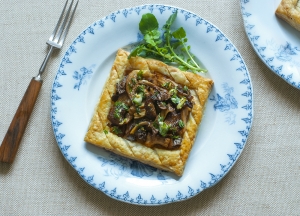
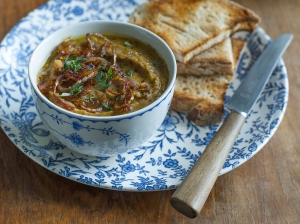
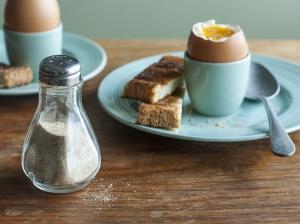
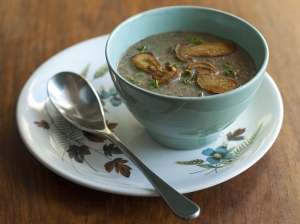






Leave a Reply